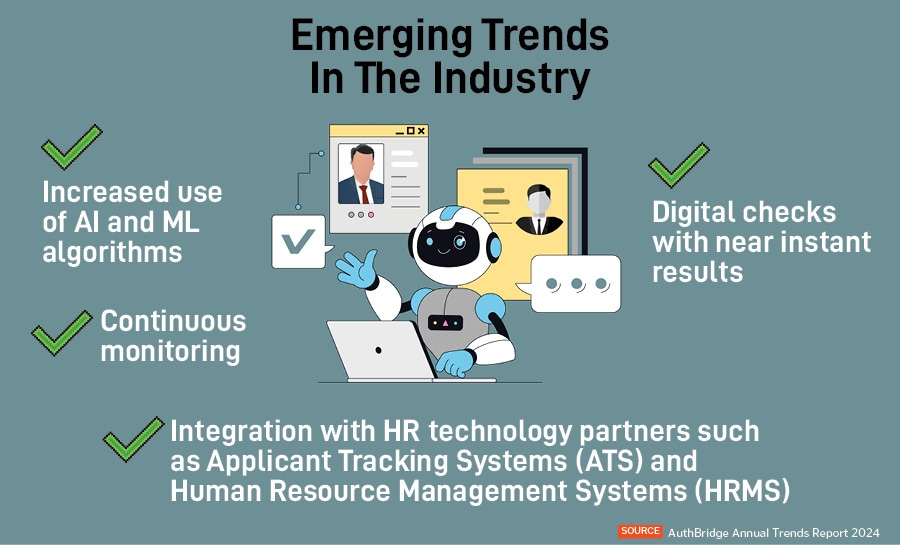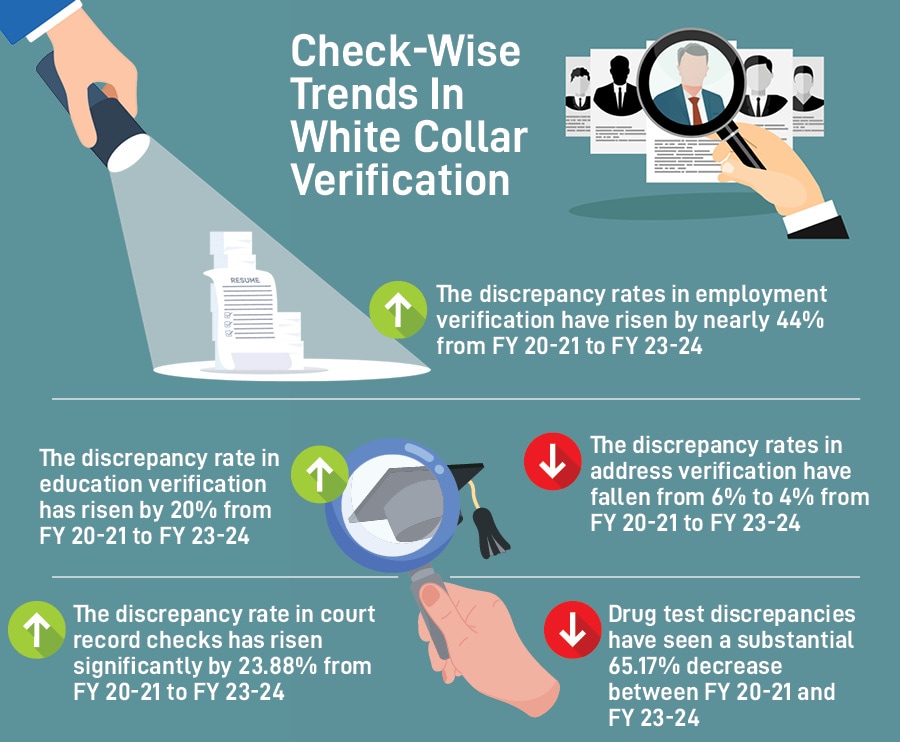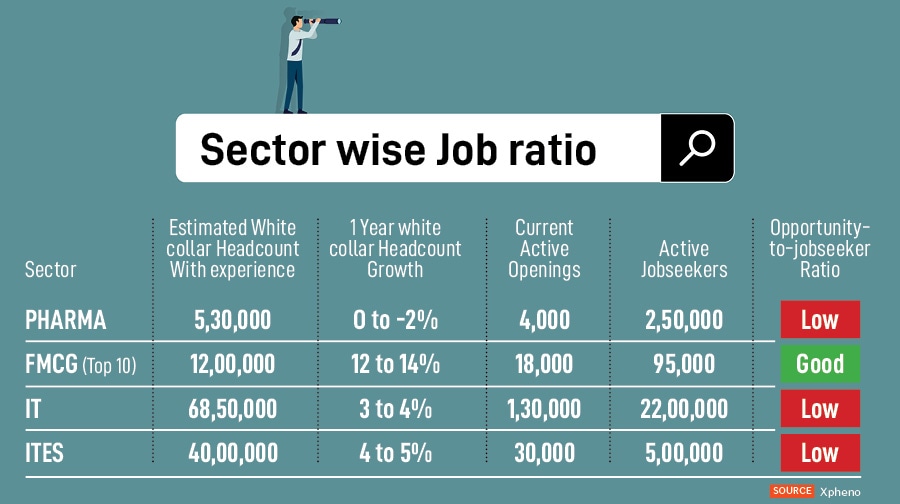
HR 2.0: With a spike in employment verification discrepancies, what is the way forward?
As per AuthBridge's Annual Trends Report 2024, there is a 44 percent spike in employment verification discrepancies across six major sectors. With discrepancies on the rise, here's what HR managers and staffing companies can do to remain one step ahead
 There is a growing adoption of digital verification methods and addresses emerging challenges like moonlighting and AI-powered checks while recruiting. Image: Shutterstock
There is a growing adoption of digital verification methods and addresses emerging challenges like moonlighting and AI-powered checks while recruiting. Image: Shutterstock
‘Fake it till you make it’ might work in some walks of life and is still widely practised on resumes across India and the world, but there's a high probability that sooner or later the fake ones get caught. As per HRO Today, an American magazine for leaders in HR, which conducted research on over 2000 American citizens and released its findings early this year 64.2 percent of employees have lied about skills, experience, or references at least once, up from 55 percent in 2022. Over half (56 percent) of the respondents said that the rising cost of living will make them more likely to lie on a resume in 2024 to try and secure a job. While that’s about the US, what’s the scene in India?
AuthBridge’s Annual Trends Report 2024, which was released in the second week of October, found that there is a 44 percent spike in employment verification discrepancies across six major sectors in India, which include telecom, BFSI (banking, financial services, and insurance), pharmaceuticals, FMCG (fast-moving consumer goods), e-commerce, IT, and the gig economy. The report, which draws from millions of background checks conducted between FY2021 and FY2024, explores the growing adoption of digital verification methods and addresses emerging challenges like moonlighting and AI-powered checks, offering actionable intelligence for businesses looking to navigate today’s complex verification landscape.
As per the report, the telecom sector experienced a sharp increase in discrepancy rates, reaching 18.2 percent, which underscores its heightened vulnerability to identity fraud. In the BFSI sector, discrepancy rates rose to 10.4 percent, pointing to growing difficulties in employment verification as financial institutions encounter risks from falsified credentials. The pharma sector also saw a substantial 50 percent increase in discrepancy rates since FY2021, reaching 17.1 percent, indicating a rise in fraudulent qualifications.
While the FMCG industry reported an overall decline in discrepancies, e-commerce—accounting for 17 percent of FMCG consumption—faced mounting verification challenges, particularly due to the rise of gig workers. The IT and ITES (Information Technology Enabled Services) sectors, despite a 9.8 percent decrease in discrepancy rates compared to FY2021, still contend with issues of falsified credentials, with employment and education discrepancies at 10.2 percent. The gig economy, which is projected to reach 25 million workers in India by 2030, showed a 12.5 percent discrepancy rate in verifications, highlighting the urgent need for thorough screening in high-demand areas such as logistics, e-commerce, and last-mile delivery.





















